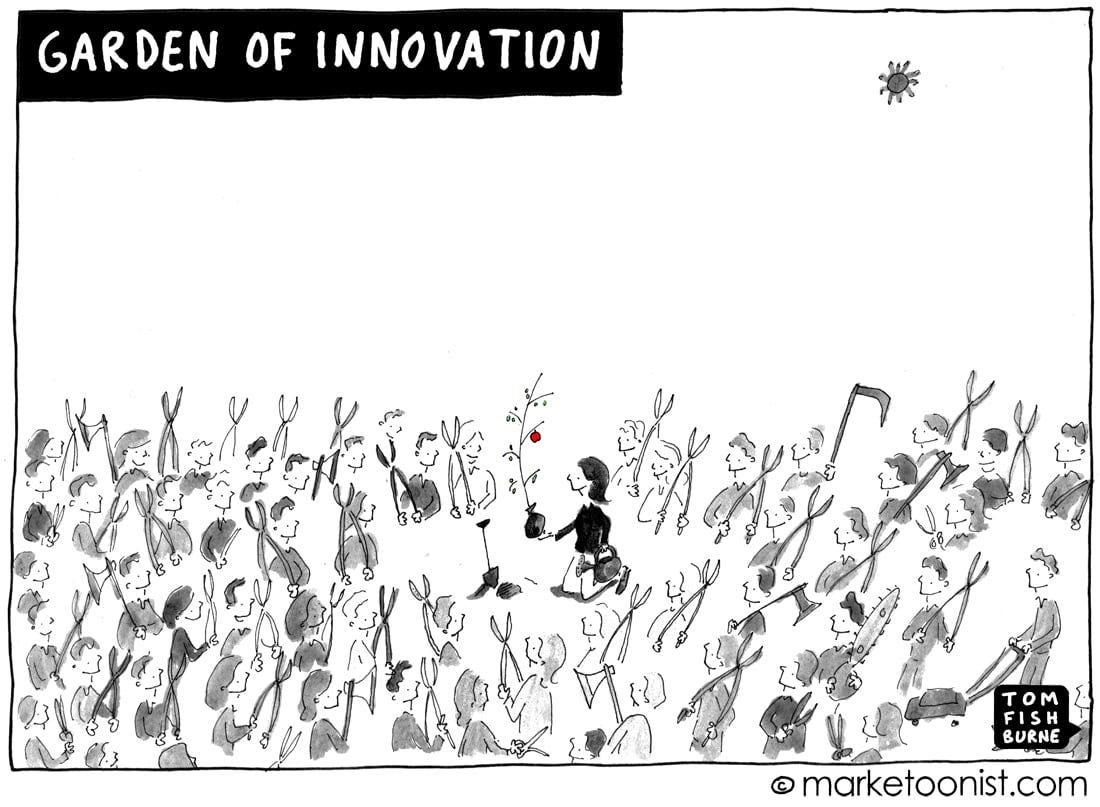The Tri-Sector Innovation Bet
We Need a New Playbook: What Happens When Businesses, States, and Civil Society Build Together

I still remember learning about public vs. private goods in one of my first Economics classes at University College London. We were taught to think in binaries to understand the distinction between markets vs. governments, profit vs. public interest, regulation vs. innovation. That thinking really helps the theory, but in 2025, what we need is to bring these siloes together.
The biggest breakthroughs today don’t just come from any one sector. The climate crisis would take forever to address if we waited for policymakers to align. AI won’t pause just because regulation lags or budgets fall short. And marginalized communities can’t afford to wait for inclusive design to become a profitable corporate trend.
What we’re seeing instead, from Nairobi to Manchester, is a new kind of problem-solving: tri-sector innovation.
What is Tri-Sector Innovation
The three sectors (public, private, and social) each serve distinct but interconnected purposes in society. At their core, they are driven by different incentives, operate under different constraints, and measure success through different lenses.
The private sector seeks profit (most operate in a capitalist setting and mindset). Businesses are rewarded for efficiency, scalability, and delivering value that customers are willing to pay for. Their strength lies in speed, innovation, and resource mobilization. But with that comes a risk: markets often overlook communities or problems that aren’t immediately profitable, leading to underinvestment in long-term public goods like clean air, equitable healthcare, or accessible education.
The public sector (governments) exists to provide stability, regulation, and essential services. Its role is to safeguard the commons, set and enforce rules, and ensure that societal infrastructure (safety, mobility, justice) is in place. However, it often struggles with agility and experimentation, bound by bureaucracy, electoral cycles, and the pressure to serve all citizens, not just the most profitable segment.
The social sector (non profits, grassroots organizations, foundations, advocacy groups, and philanthropies) is typically mission-driven. It exists to fill gaps, advocate for marginalized voices, and tackle the challenges that fall between the cracks of government and business. What it sometimes lacks in scale or capital, it often makes up for in trust, community insight, and commitment to inclusion.
Tri-sector innovation happens when siloed resources from these three sectors are used to serve aligned interests, creating high levels of profit, public good, and social progress. Sounds and looks simple enough in the image above, but the reality is MESSY. True tri-sector work needs the right people, processes, and mindset to work. Without that, you risk a well-intentioned effort collapsing under misaligned incentives, poor communication, or bureaucratic gridlock.
Tri-Sector Innovation in Action
Bold Outcomes from Alignment…
UNICEF x Clean Tech Start ups (Water Innovation in East Africa)
In 2023, UNICEF partnered with a clean tech start up and a local utility company to pilot solar-powered water purification systems in rural Ethiopia.Private sector brought the tech
Public sector provided access and regulatory clearance
Social sector (UNICEF) served as both funder and field coordinator
The pilot met and exceeded KPIs, was extended to 15 additional communities, and is now attracting private capital for scale-up
Gates Foundation x Indian Government x Agritech Startups (Digital Soil Health Card Initiative): Resulted in farmers using the card increasing yields by up to 20%
India’s government aimed to help farmers optimize fertilizer use
Agritech startups developed digital tools
The Gates Foundation funded technical support and pilot programs
Lessons from friction…
Smart Cities Initiatives (Toronto’s Sidewalk Labs): Google’s Sidewalk Labs proposed a smart city district in Toronto with tech-driven urban design. It collapsed under public backlash over data privacy and lack of transparency.
Private sector pushed too fast
Public sector wasn’t aligned
Social sector (citizen groups) wasn’t brought in early
AI in Education Pilots (UK 2022–2024): EdTech companies, government departments, and NGOs tried to roll out AI-driven tutoring in underperforming schools.
Teachers weren’t consulted
The software didn’t reflect local curriculum needs
The NGOs had no ownership of implementation
What can we learn from this
Shared language and goals matter more than logos. The most successful tri-sector projects invest in alignment before launch, not just in terms of contracts, but also in terms of working norms, shared incentives and boundaries, and trust.
Forget the hierarchy: Social sector folks (NGOs, community leaders, grassroots orgs) aren’t there to “implement” someone else’s idea. They often know the ground realities better than anyone. Bring them in early and as equals.
Governments aren’t just red tape: when public institutions are genuinely involved, they bring scale, structure, and staying power. But only if they’re treated as partners, not obstacles.
Define and transparently share metrics from day one. The best private sector contributions happen when success is measured not just by KPIs, but by impact i.e. who benefits, how, and for how long. Share metrics openly, so that all three sectors can quantify it and make trade offs accordingly.
So what can you actually do with this?
PS: You don’t need a billion-dollar foundation to try this out.
Volunteer your time on a community project, and ask: How can this be more sustainable or scalable if we brought in a local business or council?
If you work in the private sector, look around: Is there a nonprofit or school your company could partner with to build something useful together?
If you’re in government or education, invite voices from business and community groups into your planning conversations, especially the ones who aren’t usually at the table.
The magic of tri-sector thinking? It starts small. It’s about showing up with curiosity, asking better questions, and being willing to work across lines we’re used to staying inside.
Try one tiny experiment this week: message someone working in a different sector from you, just to learn. No pitch. No ask. Just “I’m curious how you think about [insert problem you both care about].” See what happens.
That’s how real innovation starts.
Best,
Nareen




